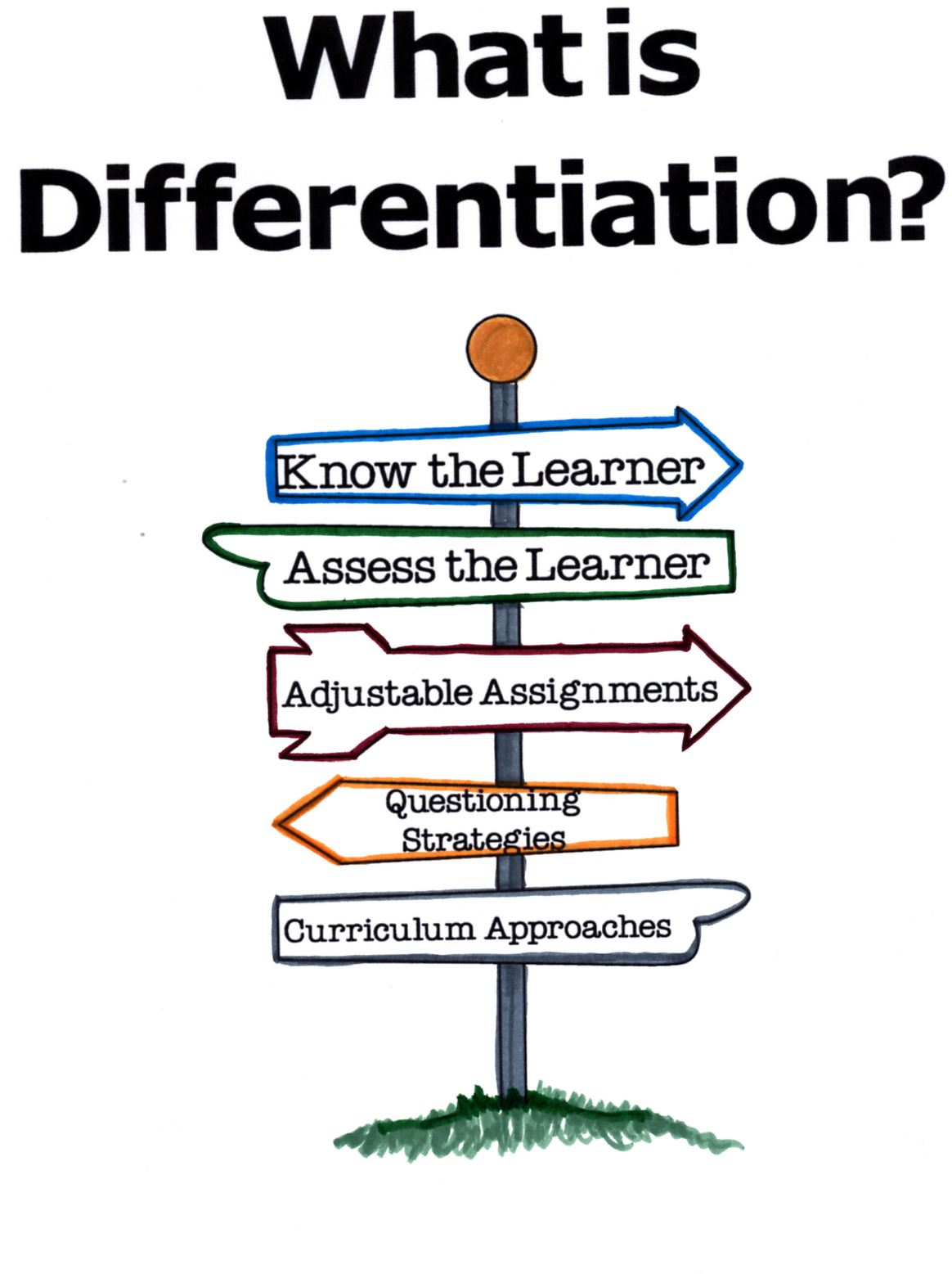 |
| https://kimberleydodd.files.wordpress.com/2013/06/diffclass.jpg |
When looking at student motivation it is essential to evaluate
each individual student. As an educator this can be hard when planning lessons
for 25-30 students. So what do you do? Initially, get to know your students and
try to understand their interests and how they learn best (i.e. are they
kinesthetic, visual, or auditory learners?). Then, based off of this
information, differentiate instruction. During my student teaching observations
I can say that I have honestly seen quite a bit of differentiation, especially in
my current classroom. It is amazing to see how differentiated instruction
really engages all of the students. I’ve seen clear differences between the
inactivity of students sitting at their desks with only a few participating and
the engaged, active students working in small groups or even whole group
activities, it is amazing. Differentiation does a lot for student motivation, essentially,
differentiation sets up the classroom to be a motivating environment. Through
the use of this concept students are provided with choices, interactions with
others, collaboration, self-involvement in curricular goals, and development of
real world connections.

That being said, personally, I include differentiation
within my instruction. I ensure that there are different types of activities
within my lessons for all learners. I also try to ensure that I provide my
students with a safe space to share their ideas. I let them know that
participating and sharing are essential in collaboration, even if they don’t
have the right answer their participation is key. Additionally, I let my
students know that I don’t know all of the answers either, I think it is
important for them to realize that no one knows everything and that’s okay. If
students understand that they have a safe space they will be more willing to
participate and try. During my first placement I had a few students who were
very quiet and meek, as we developed a warm and embracing classroom community
many of them began to open up. During math lessons I felt that some of our
lower students were struggling, at first they wouldn’t ask questions, but I
stressed the importance that they tell me if they didn’t understand. I let them
know that if they had any problems I wanted to answer them, I didn’t want them
to get left behind and I WANTED them to understand. I literally spent 10
minutes explaining to them that I wanted them to ask questions, I NEEDED them
to ask questions if they didn’t understand, that I wanted to see everyone’s
hands in the air when I was looking for answers and if they couldn’t raise
their hand to give me an answer I wanted them to tell me what confused them so
I could help, from then on they felt motivated to ask questions. BOY DID THEY
ASK! I was so happy though, my struggling students started to GET IT because I
was able to spend the time with them that they needed and my stronger students
could help assist as well. I think providing that support and letting them know
that I cared promoted the motivation necessary to help create understanding.
 |
| https://s-media-cache-ak0.pinimg.com/236x/79/0a/49/790a4924cb3f13d384805d7699a9460f.jpg |
There is much more that goes into keeping students motivated,
but I think the essentials are differentiation and a supportive environment. We
must utilize differentiation to meet all students’ needs for motivation and
instruction while creating a safe place for students to explore and question
without feeling like they will be ridiculed.


